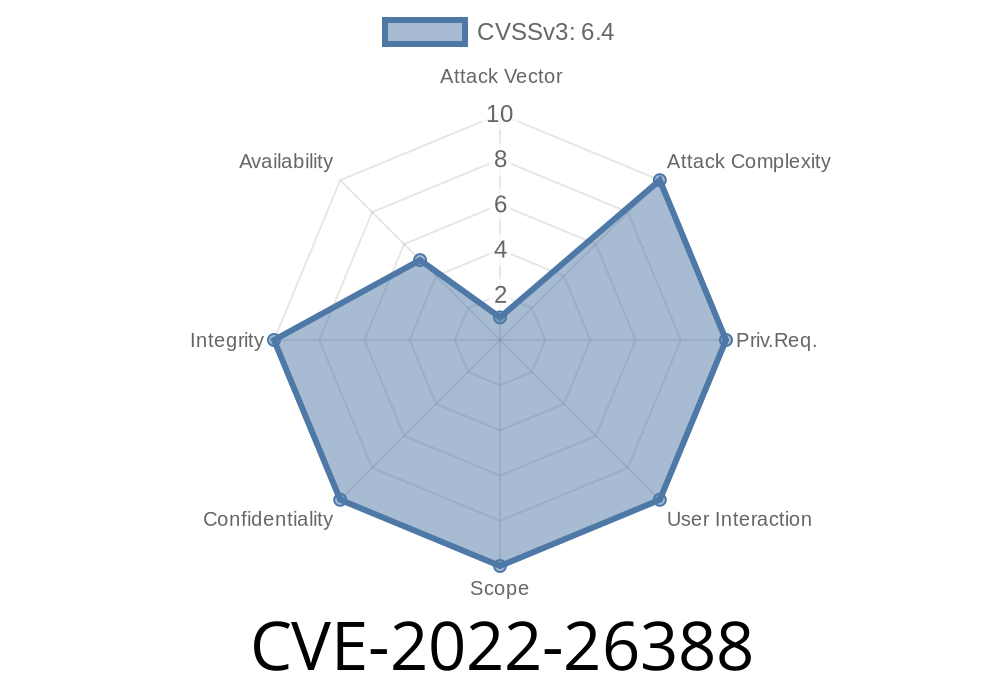A use of hard-coded password vulnerability, identified as CVE-2022-26388, may allow authentication abuse in various versions of ELI Resting Electrocardiograph devices. This vulnerability poses a potential risk to the security and confidentiality of the affected devices, as unauthorized users may gain access to sensitive patient data. This in-depth analysis will discuss the vulnerability's technical aspects, potential impacts, and provide references to original sources.
Details of CVE-2022-26388 Vulnerability
In the affected versions of ELI Resting Electrocardiograph devices, a hard-coded password has been implemented, allowing potential authentication abuse by unauthorized users. This hard-coded password essentially serves as a "backdoor" into the device, which, if exploited, can grant malicious actors access to sensitive data and system configurations.
Here's a code snippet that demonstrates how such a password might be used to bypass the authentication process:
// Sample code for a vulnerable authentication function
bool check_password(char *input_password) {
// Hard-coded password
const char *hardcoded_password = "TopSecret123";
// Compare entered password with hard-coded password
if (strcmp(input_password, hardcoded_password) == ) {
return true; // Access granted
} else {
return false; // Access denied
}
}
Exploit Details
To exploit this vulnerability, an attacker would need to have physical access to the affected device or access to the same network the device is connected to. By leveraging the hard-coded password, the attacker can bypass the device's authentication process and gain unauthorized access to sensitive data and system configurations.
For further details on this vulnerability, please consult the following sources
1. National Vulnerability Database (NVD) Listing - CVE-2022-26388
2. Mitre CVE Listing - CVE-2022-26388
3. Mortara Instrument, Inc. - Security Advisory on CVE-2022-26388
Conclusion
The CVE-2022-26388 hard-coded password vulnerability highlights the importance of adhering to security best practices and avoiding the use of hard-coded credentials in devices and applications. To protect against potential exploitation of this vulnerability, users are advised to update their affected devices to the latest firmware versions provided by the manufacturer and follow established security recommendations.
Timeline
Published on: 02/07/2025 17:15:21 UTC
